Part 2 of 2 Parts (Please read Part 1 first)
The new nuclear NPS must be more flexible to accommodate and deliver a wider range of nuclear technologies and different siting options.
The current EN-6 only applies to nuclear power plants with a generation capacity of over 50 megawatts at the eight sites listed in the NPS (being Bradwell, Hartlepool, Heysham, Hinkley Point, Oldbury, Moorside, Sizewell and Wylfa). The government proposes to remove this threshold requirement and extend the scope of the new NPS to cover all planning applications for nuclear generating projects in England regardless of the technology or capacity. This would require legislative amendments to the Planning Act 2008.
In a departure from the government’s selection of sites in EN-6, a market-led developer approach to site selection is proposed to take advantage of a developer’s knowledge and bring forward more development sites. The same criteria used for site selection in EN-6 which considers safety, security, environmental impacts and operational requirements, will continue to be applied to sites selected under EN-7 and there is no proposal to change it. However, developers will have to robustly justify their chosen sites against these criteria. The role of regulators and planning authorities will remain the same. They will continue to provide advice on site suitability, the role of community and stakeholder engagement, and the standards of safety, security and environmental protection, which will continue to apply.
DCO applications can be made at any time to PINS under the new proposals, rather than within a specific nomination window as required in EN-6. It is hoped that this will open up more siting opportunities and facilitate longer term market driven development.
A more flexible and market driven approach to the selection of nuclear sites will be welcomed by nuclear developers and seen by some as an important step on the path to Net-Zero and achieving energy security. Site selection, including methodologies and appraisals, will inevitably be hotly contested at the public DCO ‘examination’ and in legal challenges in the courts.
However, broadening the scope of the DCO regime to include smaller nuclear reactor technology is likely to attract scrutiny and raise questions as to whether the DCO planning regime is the most appropriate regime to deliver these types of new technologies, given their smaller footprint and lower energy outputs. In the long term, advanced nuclear technologies are expected to be more economical than large scale power plants (such as Hinkley Point C and Sizewell C), given their smaller and modular design and ability for incremental deployment. However, as with most new technologies initial costs may be prohibitively high and commercial viability a major question. If small reactor projects are viable, then in our experience, such new technologies create both risks and opportunities through the planning regime including the opportunity for greater program certainty. The cost of promoting planning applications through the DCO regime may be significantly higher than the conventional planning regime. Therefore, more consideration must be given as to whether broadening its scope will optimize the role of AMRs and SMRs in the UK’s nuclear energy strategy.
Author: Burt Webb
-

Nuclear Reactors 1343 – United Kingdom Making Changes To Nuclear Regulations To Include Small Modular Reactors – Part 2 of 2 Parts
-
Nuclear News Roundup February 06, 202
Nuclear power officially labelled as ‘strategic’ for EU’s decarbonization euractiv.com
House advances bill giving nuclear energy manufacturers more time for tax exemptions thecentersquare.com
Britain aims to revive plans for nuclear power station in Wales telegraph.co.uk
UK in Talks With Hitachi Over Welsh Nuclear Plant Site, FT Says financialpost.com
-
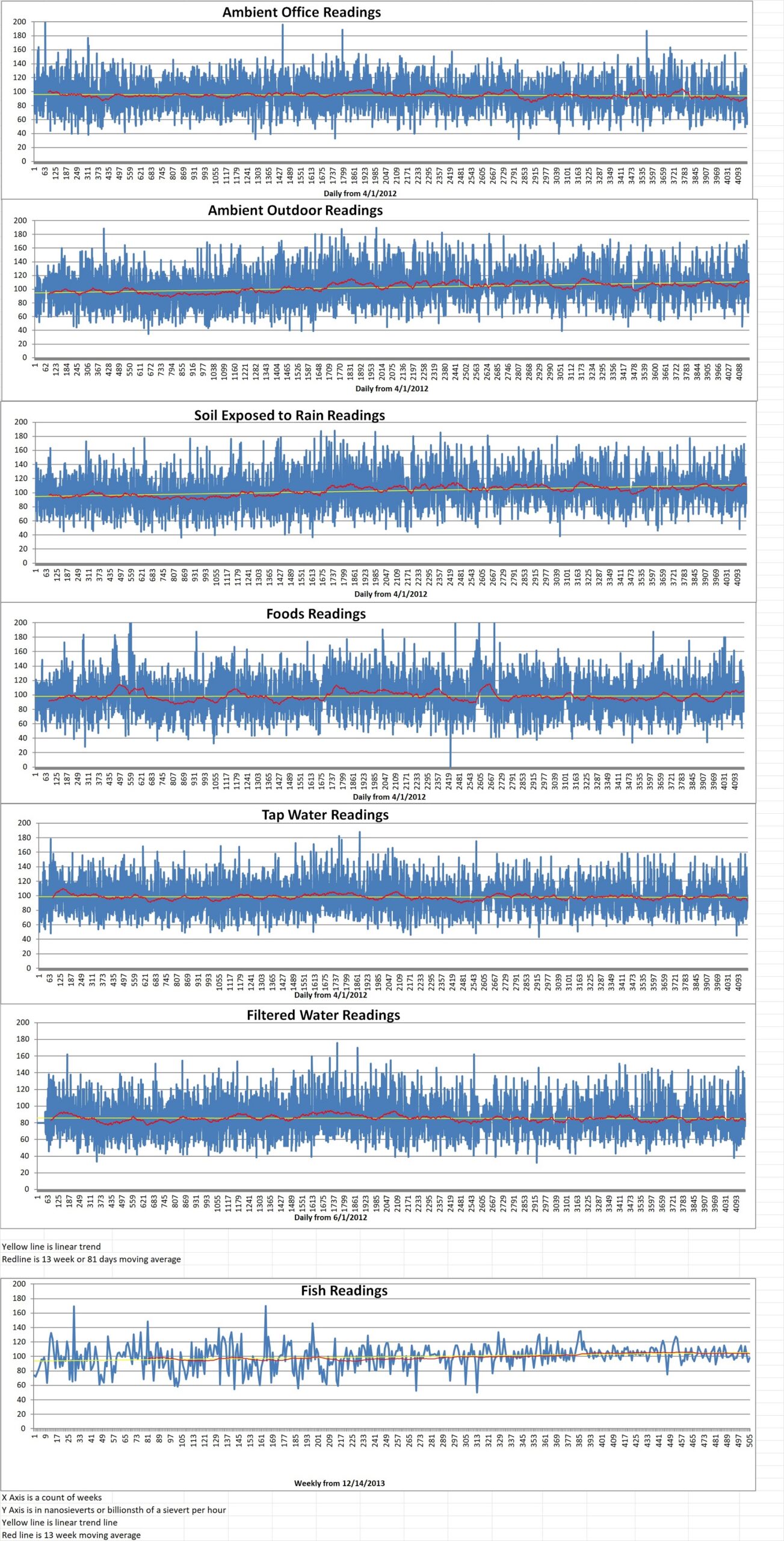
Geiger Readings for February 06, 2024
Ambient office = 58 nanosieverts per hour
Ambient outside = 97 nanosieverts per hour
Soil exposed to rain water = 100 nanosieverts per hour
Roma tomato from Central Market = 77 nanosieverts per hour
Tap water = 100 nanosieverts per hour
Filter water = 89 nanosieverts per hour
-
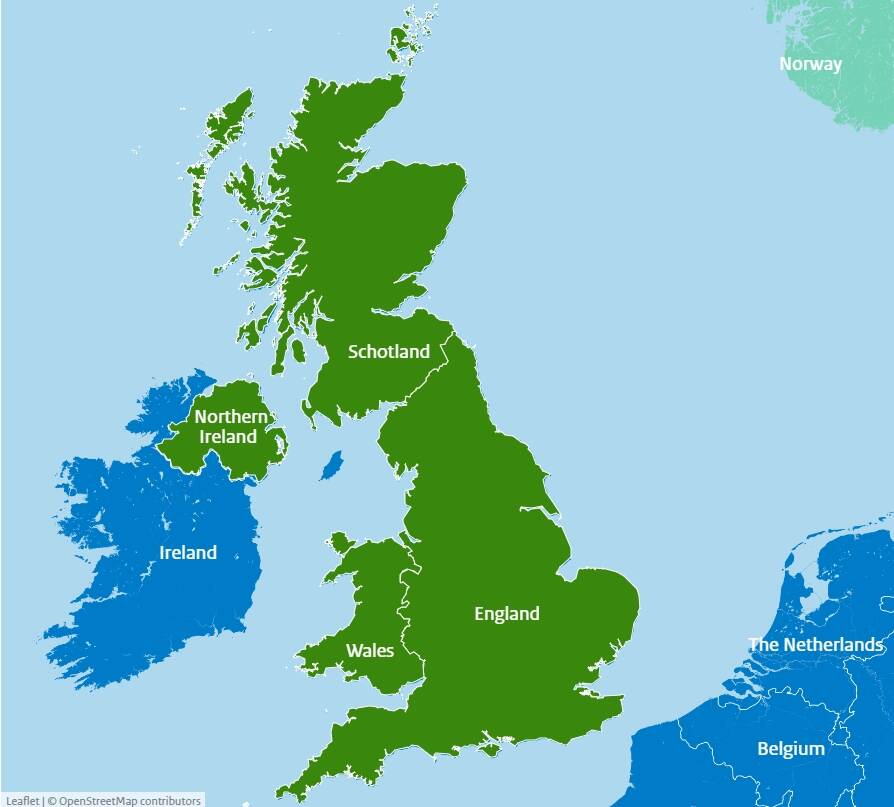
Nuclear Reactors 1342 – United Kingdom Making Changes To Nuclear Regulations To Include Small Modular Reactors – Part 1 of 2 Parts
Part 1 of 2 Parts
The U.K. government’s consultation on the siting of nuclear power plants beyond 2025 reflects the changing nuclear landscape in the U.K. It proposes a new approach to national planning policy that is more flexible and led by developers. This is potentially of great interest for the developers and manufactures of advanced nuclear technologies such as SMRs, especially if the new policy supports scalability and cost efficiencies. However, whether the proposed changes will provide optimal support requires careful consideration.
Following the release of the newly designated suite of energy National Policy Statements (NPS) (comprising updates to EN-1 to EN-5, designated in January 2024) comes publication of the government’s report on a new approach to the siting of nuclear power plants beyond 2025 and the start of the process towards designation of a brand new nuclear NPS (EN-7). The consultation (which closes on 10 March 2024) is important because it proposes some significant changes to the site selection process at the DCO pre-application stage. It inform the overall policy approach in EN-7 to be consulted on later in the year.
In summary, the proposed new policy is designed to be more flexible than EN-6 (the current NPS for nuclear power generation). This is in response to the changing nuclear landscape and it supports a longer-term pipeline of projects beyond 2025. It has a wider scope, enables site selection by developers (rather than government) and imposes no time limits for the deployment of new projects.
EN-7 will supersede EN-6 when released, but EN-6 will not be withdrawn and will remain an important consideration to DCOs made for the sites listed in it.
EN-6 was released in 2011 and only applies to large-scale conventional gigawatt (GW) power plants. These are based on the only commercially viable nuclear technology available at that time. and identifies eight geographical locations are identified that are considered by the government as potentially suitable for the deployment of new nuclear power stations in England and Wales by the end of 2025.
However, advances in nuclear technologies mean that a new generation of nuclear reactors are likely to be deployed within the next decade. These include Advanced Modular Reactors (AMRs) and Small Modular Reactors (SMRs).
Nuclear energy, and AMRs and SMRs in particular, are expected to play an increasingly important role in the U.K.’s energy mix to support energy security and climate goals as highlighted in the Energy Security Strategy. Planning policy needs to catch up and include these new technologies alongside conventional nuclear plant technology which will continue to remain important.
The advanced technologies under consideration are smaller than conventional nuclear power station reactors and are designed so that elements of the plant can be prefabricated off-site. This reduces construction risks and makes these developments potentially more affordable. They require smaller sites that are not reliant on water-cooling requirements, alongside advances that allow other nuclear outputs to be captured and used. This means that new sorts of sites can be considered suitable.
Please read Part 2 next -
Nuclear News Roundup February 05, 2024
Massive Explosion Hits Russian Plant Making Nuclear Capable ICBMs newsweek.com
South Korean president reiterates that Seoul will not seek its own nuclear deterrent apnews.com
Cameco looks to increase production as net earnings double world-nuclear-news.org
SMRs economically feasible in Puerto Rico, study finds world-nuclear-news.org
-
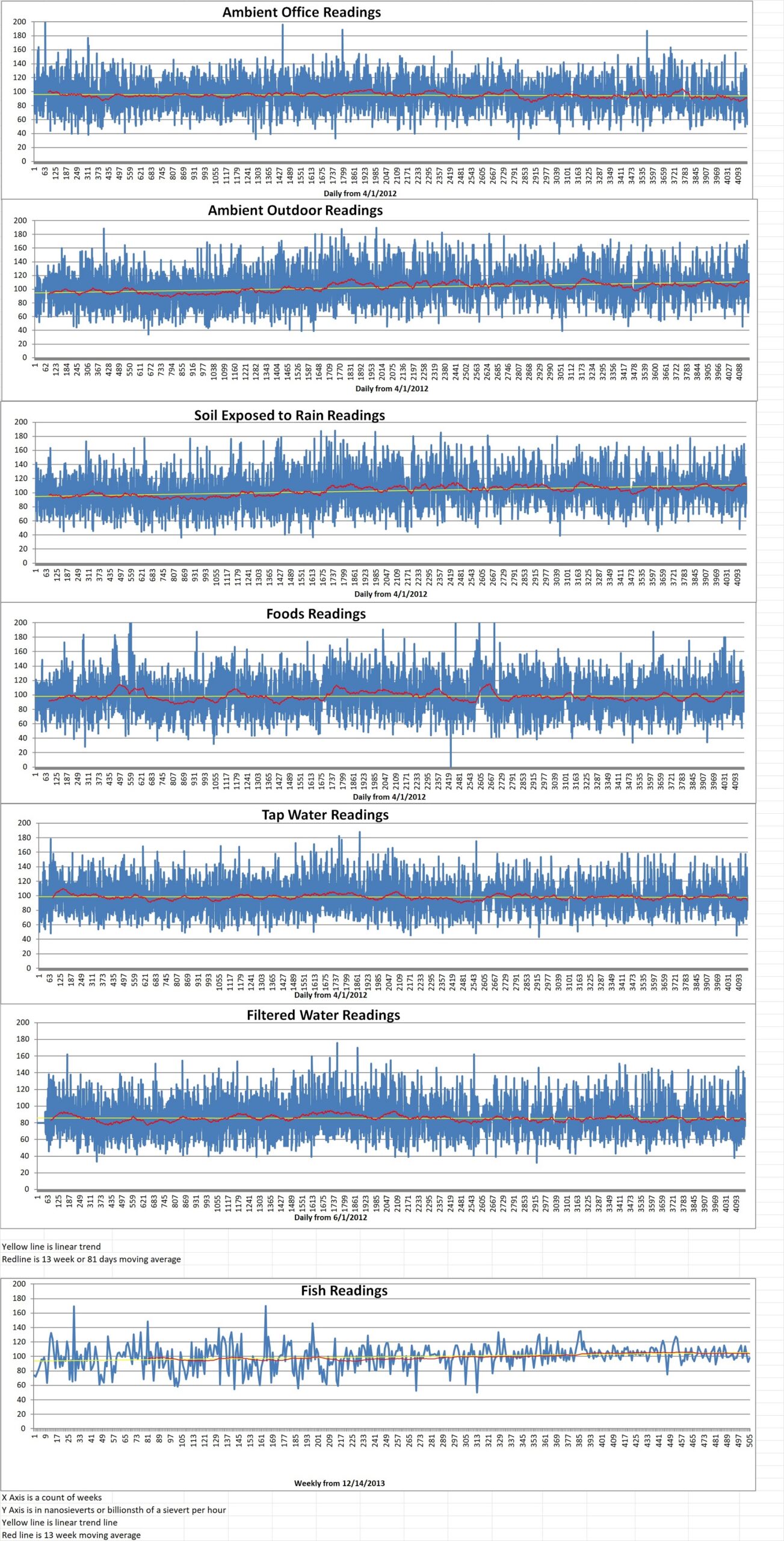
Geiger Readings for February 05, 2024
Ambient office = 53 nanosieverts per hour
Ambient outside = 113 nanosieverts per hour
Soil exposed to rain water = 112 nanosieverts per hour
Red bell pepper from Central Market = 108 nanosieverts per hour
Tap water = 100 nanosieverts per hour
Filter water = 91 nanosieverts per hour
-
Nuclear News Roundup February 04, 2024
Workers At The U.S.’s Largest Nuclear-Fuel Factory Plan To Unionize yahoo.com
Man with ties to China charged in plot to steal blueprints of US nuclear missile launch sensors usatoday.com
Xcel asks for more nuclear waste storage to operate Prairie Island until 2050s startribune.com
Germany To Replace Nuclear With Natural Gas Plants for $16B oilprice.com
-
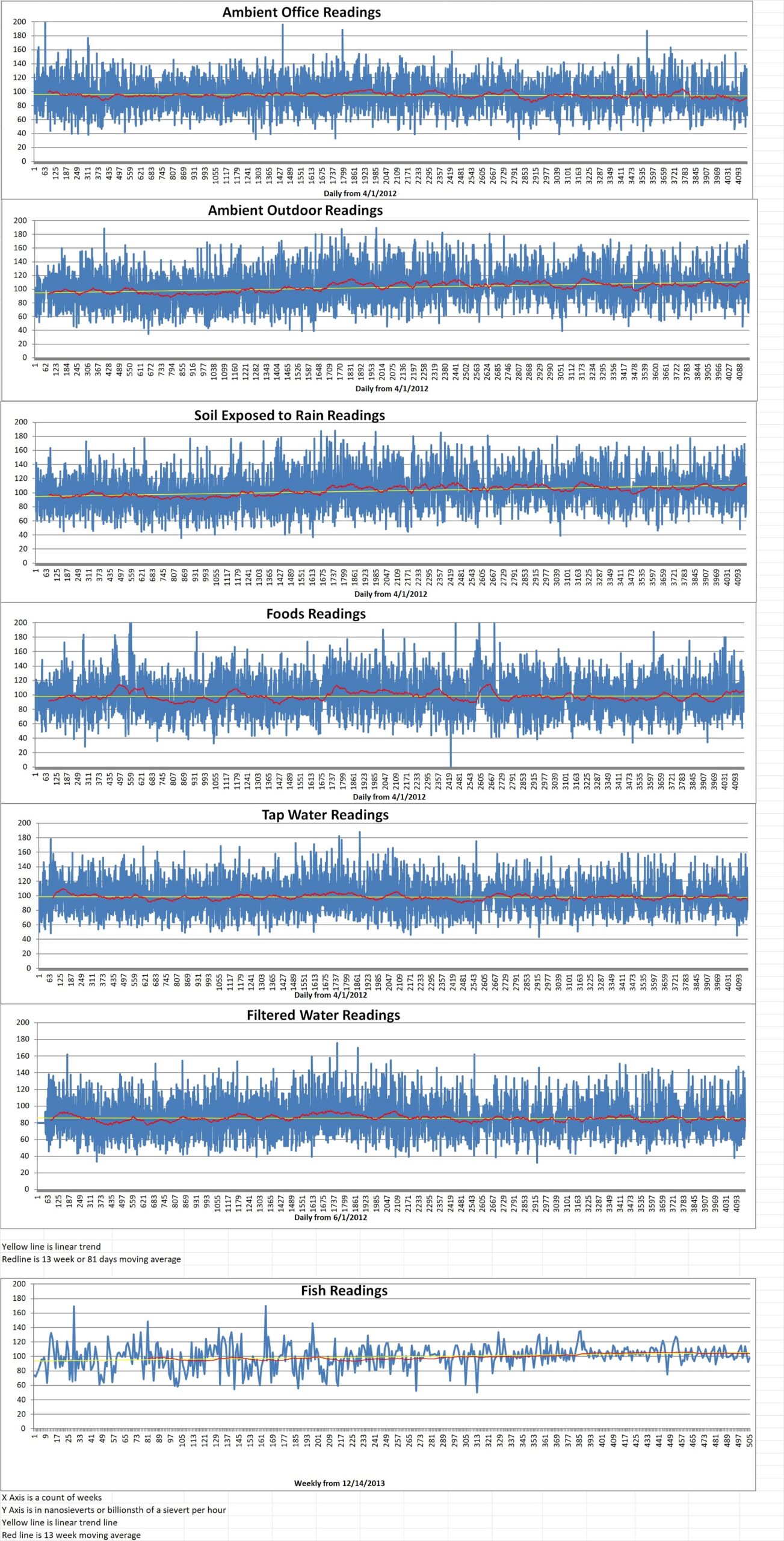
Geiger Readings for February 04, 2024
Ambient office = 56 nanosieverts per hour
Ambient outside = 90 nanosieverts per hour
Soil exposed to rain water = 85 nanosieverts per hour
Green onion from Central Market = 125 nanosieverts per hour
Tap water = 84 nanosieverts per hour
Filter water = 76 nanosieverts per hour
-
Nuclear News Roundup February 03, 2024
Largest tank removed from West Valley nuclear waste site salamancapress.com
489 shipments of nuclear waste made its way to WIPP in 2023, breaking previous records currentargus.com
Reps. Carbajal and Levin introduce bill to raise safety standards for spent nuclear fuel Carbajal.house.gov
‘Very delicate equilibrium’ at Ukraine’s Zaporizhzhia nuclear plant, IAEA chief warns ahead of visit abcnews.go.com
-
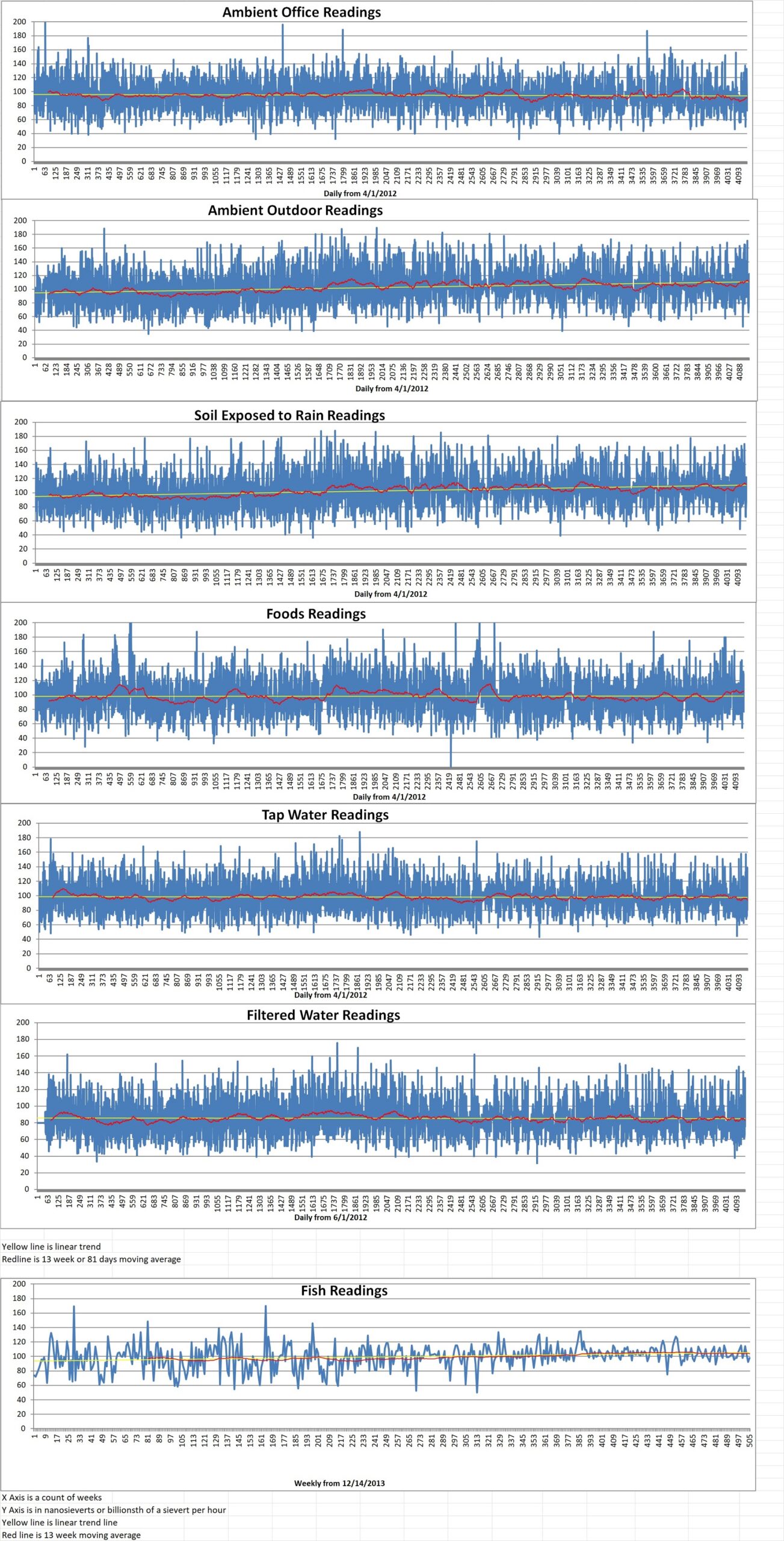
Geiger Readings for February 03, 2024
Ambient office = 73 nanosieverts per hour
Ambient outside = 103 nanosieverts per hour
Soil exposed to rain water = 104 nanosieverts per hour
Mini cucumber from Central Market = 77 nanosieverts per hour
Tap water = 81 nanosieverts per hour
Filter water = 76 nanosieverts per hour
Dover Sole from Central = 98 nanosieverts per hour
